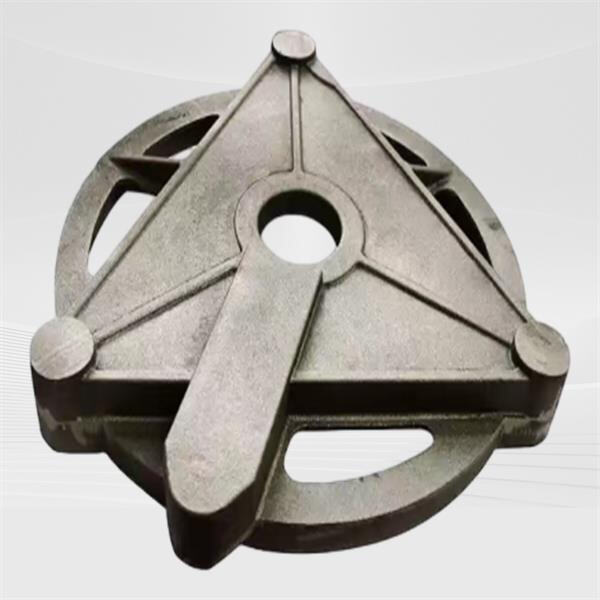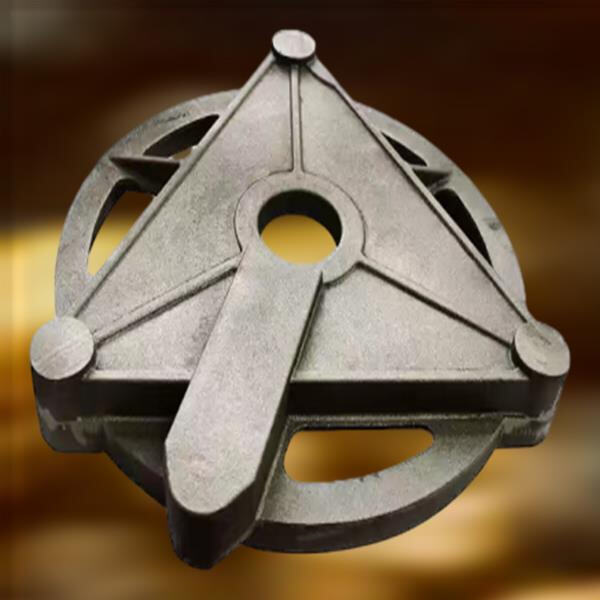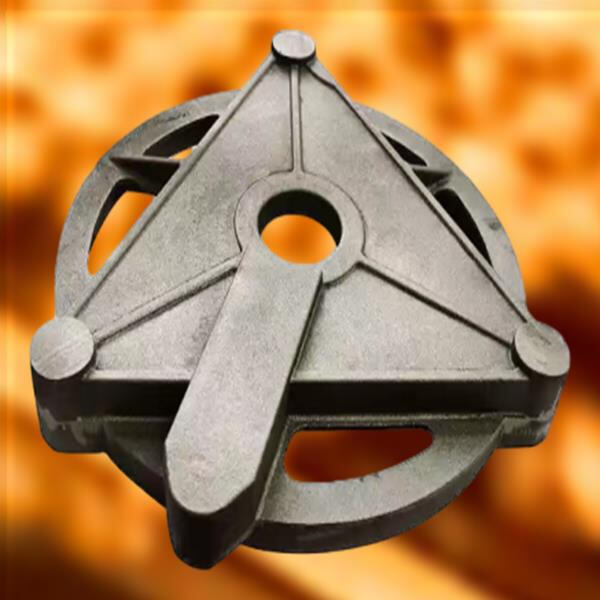You may not think about it but the strongest materials used in things like pipes, valves and machines are very common materials. If yes, you may want to study on ASTM Ductile Iron. This unique iron is particularly strong and malleable, such that it can be used for a wide variety of applications across different industries. This article, we will explore the various aspects of ASTM Ductile Iron including its significance and applications.
Ductile Iron is a specific form of iron that has been processed to be strong and malleable. You may have heard of cast iron, but ductile iron is where it's at! Unlike cast iron, ductile iron can bend without breaking. Ideal for the hardiest of elements.
This is good as it makes ASTM Ductile Iron more resistant to rust. Rust is definitely one with regular iron, but a more resistant material, ductile iron, is coated with special substances to prevent rust. What this means is that it can survive quite a while even under strenuous conditions.
ASTM groups develop very stringent guidelines for Ductile Iron quality as per American Society for Testing and Materials (ASTM). These are the basic rules of what the iron should be made of and how it should work. These are the guidelines to maintain in order to ensure the quality of ductile iron products and the strength and safety of the products.

In addition, ASTM Ductile Iron is easy to work with and inexpensive. This is what makes it a favorite for companies that want to be productive. It is also easy to mold and assemble, accelerating product creation.

The automotive manufacturing industry uses ASTM Ductile Iron to manufacture engine components and brakes that can endure high temperatures and pressure. In construction, it’s used in pipes and valves where they have to hold heavy weights and resist rust.

When companies use ASTM standards to produce ductile iron, they can be confident that the resulting products will perform as intended, no matter where they are used. Like this build trust with customers that required best and safest products.

